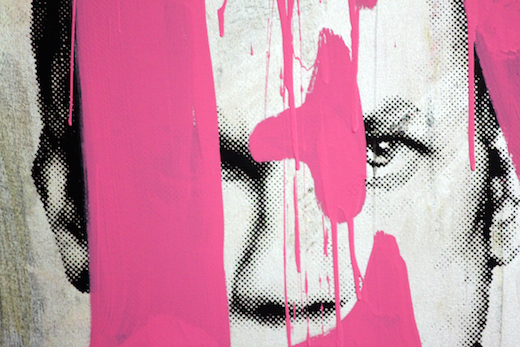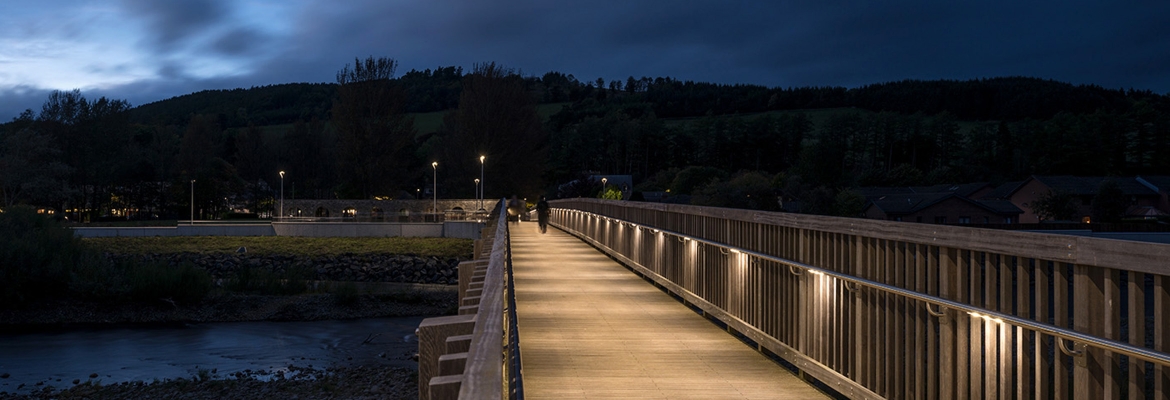You have no items in your cart. Want to get some nice things?
Go shopping
Pop art of women has shadowed advertising for the past 65 years. Marilyn Monroe’s popped face hangs in thousands of bedrooms across the country above TV’s showing scantily dressed women advertising cars. Although images of women are a feature we often associate with pop art, it was white American men commercially documenting the American dream who dominated the pop art scene in the 60’s. The likes of Andy Warhol and Roy Lichtenstein I’m sure spring to mind. So it is exciting that today is the launch of the Tate Modern’s autumn exhibition, The World Goes Pop. It will relay a completely different side of pop art, featuring 25 international female pop artists, ranging from Austria to Japan. The exhibition shines a light on a different, lesser-known pop art tradition. The pop art we are so accustomed to, the pop art that was predominantly used as marketing, was by no means the only form of pop art, it was just the only form we saw due to mass media. Pop art was not only used to celebrate western consumerist culture, it was also part of a subversive movement, used as a satirical critique of the social climate. The exhibition widens the previously pinpointed laser beam on pop art, exploring the other ways in which pop art existed.
The World Goes Pop reveals how pop art explored the body, domestic revolution, politics, consumption and public protest, as well as uncovering how pop art existed in communist countries not yet under the thumb of the capitalist, consumerist culture. It will also show the feminist side of pop art. The female artists featured, including Judy Chicago and Renate Bertlmann, demonstrate the rising of the female voice on what were ‘masculine’ canvases, such as car bonnets. The 60’s saw a surge in women’s liberation movements, and people were engaging more with female creativity. Pop art explored sexuality, gender and discrimination across the globe. These female artists were pushing against the grain of women being merely pin-up housewives. Even in embracing political themes in their bright work, they often didn’t consider themselves as pop artists, as they stated in interviews with the Tate Modern.
Pop art’s traditional flat colours and bold statements, leaning towards graphic design, were an idyllic base for feminist art. Judy Chicago, in her interview with the Tate Modern, commented, “By 1970, I had decided to try to figure out how to fuse the transformed art language that I had developed in my first decade of professional practice with my own subject matter as a woman in order to create a female-centred or feminist art (a term that didn’t exist then). I suppose one could say that my art became my politics in that I decided to create art that openly challenged the patriarchal paradigm that prevailed.” Art as a means of expression, questioning tradition featured highly in pop art, particularly the pieces which weren’t particularly commercial. The ideal female body was rejected in much pop art, instead warping these ideals and creating something unseen. For example, Anna María Maiolino’s featured piece is a sculpture of brightly coloured digestive organs, not exactly similar to pictures of the female anatomy we are used to. The complete dismissal of the commercial female body in some of the pieces featured relays a new satirical tone that many of us had not seen in pop art.
Critics privy to early access have so far shared mixed views about the exhibition, some deeming it a ‘mess,’ stating many of the female artists never classified themselves as pop artists and were previously widely unknown, and some praising its originality in including these artists. But for those of us concerned with equal representation and rights around the world, this exhibition could not be more poignant. By featuring these artists, the exhibition gives a voice to a previously unheard stance of pop art, one perhaps stamped on by the ever-powerful voice of the American dream. The exhibition shares with us the enlightening view that America is not the centre of the world, and that it is definitely not the centre of culture.
Returning to my earlier statement that women were often the focus of pop art, it seems in that respect, nothing much has changed. Women with cars, women with drinks, women with a lottery ticket. Female bodies are still being used for advertising. It has become normalised, acceptable. Perhaps by following Tate Modern’s alternate view that the American Dream is not the only dream, we may get new ideas for advertising.
The World Goes Pop is on until the 24th January, and it should definitely be worth a trip to the Tate Modern.

About Isabel Gonzalez-Prendergast
Isabel is particularly interested in international literature, learning about different cultures and philosophies.




